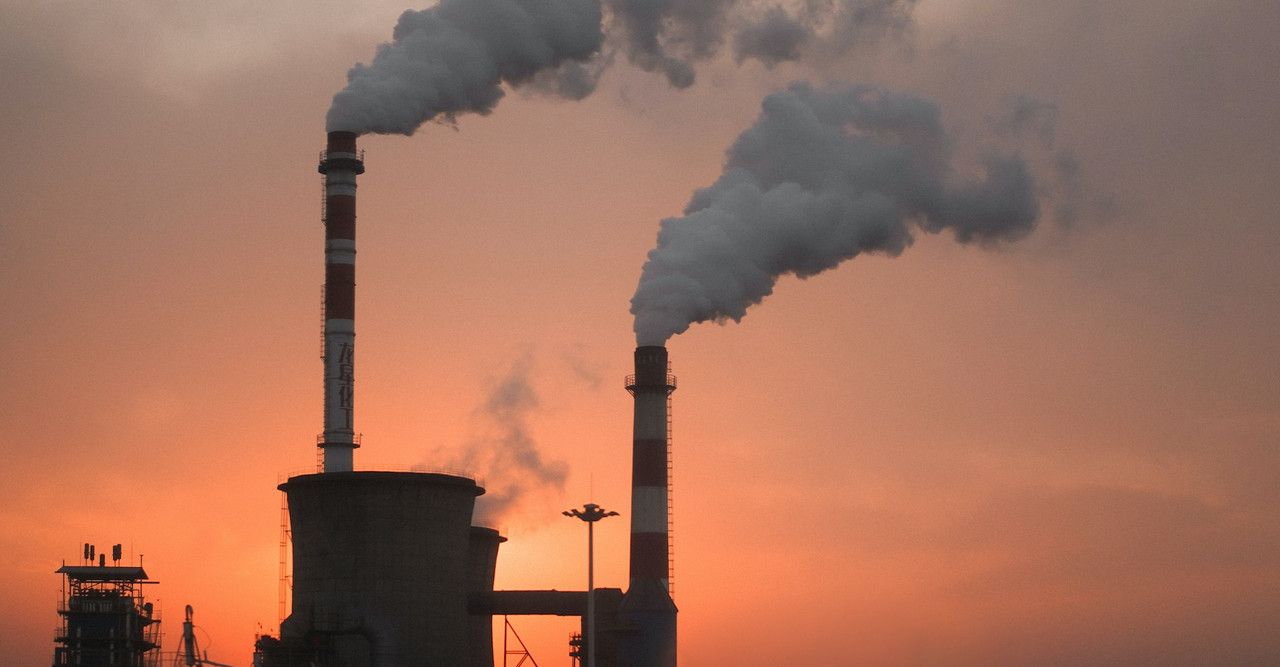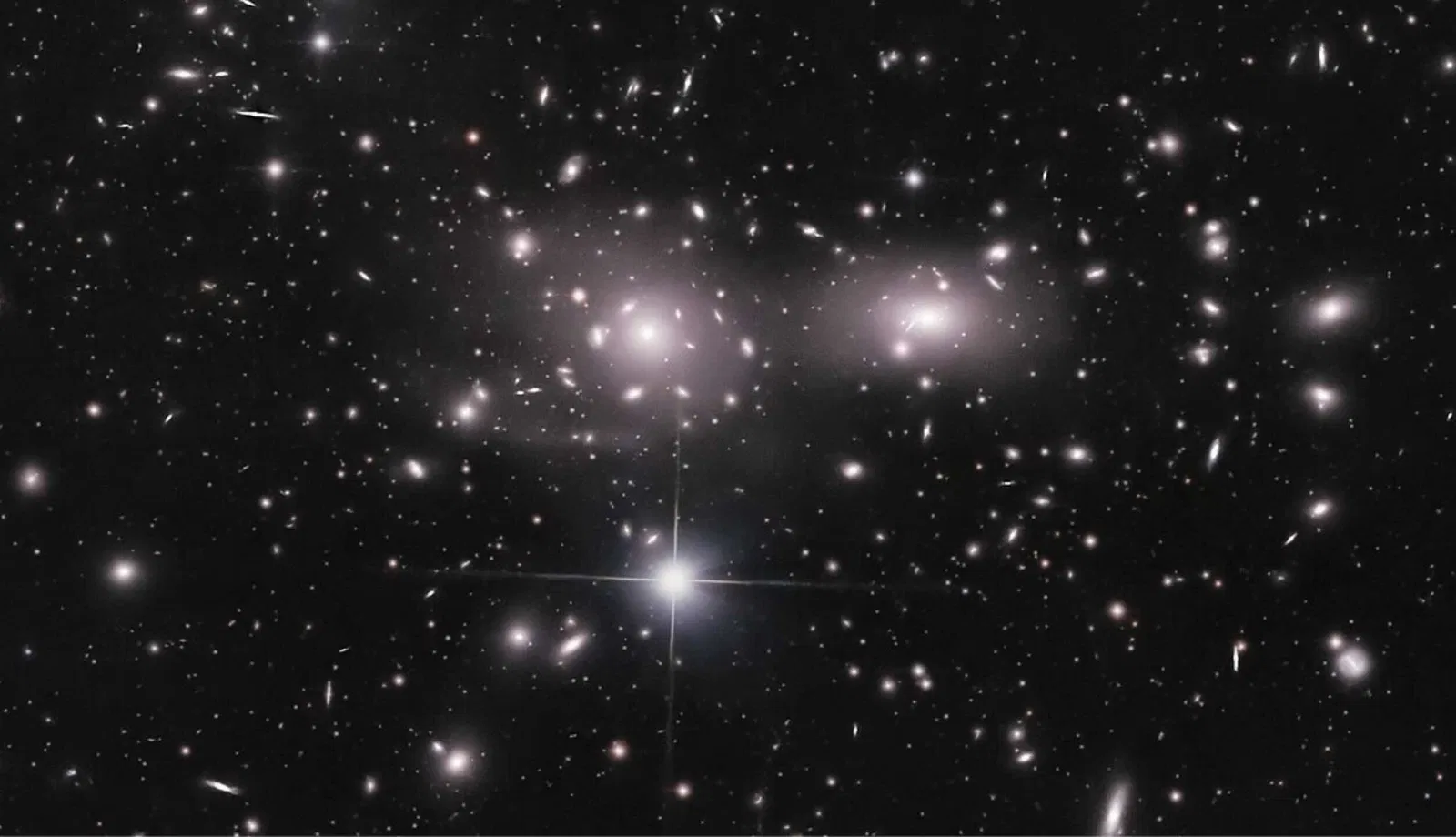People are more conscious about climate change and environmental damage these days. "Which type of pollution includes CFCs and smog?" is one of the most frequent questions they ask. Air pollution is the kind of pollution that contains smog and CFCs. Air quality and human health are harmed by smog, which is created by pollutants including industrial emissions and vehicle exhaust, while CFCs contribute to global warming and the ozone layer's thinning.
We frequently associate pollution with contaminated water or air, but did you realize that some airborne pollutants may lead to much more severe issues? Smog and CFCs (chlorofluorocarbons) are examples of the category of pollutants known as air pollution. These pollutants harm the environment in addition to human health. Smog and CFCs are discussed in this article along with how they contribute to air pollution and what we can do to lessen their negative impacts.
What Are CFCs?
Chlorofluorocarbons, or CFCs, were previously widely used in air conditioners, refrigerators, and aerosol sprays. We now know they inflict serious harm, even if at first they appeared to be innocuous. We now know that CFCs can cause significant harm. By dissolving the ozone layer and floating into the atmosphere, these substances shield humans from the sun's damaging ultraviolet (UV) radiation. The Earth would be exposed to greater UV radiation in the absence of the ozone layer, raising the risk of skin cancer and other illnesses.
How CFCs Cause Air Pollution

CFCs don't remain near the ground where humans breathe and live. Rather, they ascend into the high atmosphere, where UV radiation breaks them down. As a result of this breakdown, chlorine atoms are released, attacking and destroying ozone molecules. The ozone layer has been thinner over time, particularly over Antarctica, where the notorious "ozone hole" emerges, and this process is largely to blame.
Although the ozone layer's weakening is a significant problem, CFCs also cause air pollution in other ways. They produce strong greenhouse gasses because they trap heat in the atmosphere for extended periods of time. One of the main causes of climate change and global warming is greenhouse gas emissions.
What Is Smog?
Another kind of air pollution is smog, which differs greatly from the invisible CFCs. When sunlight combines with pollutants such as industrial emissions, vehicle exhaust, and volatile organic compounds (VOCs), a thick, hazy mixture of air is created. Because it seems to be a filthy haze in the sky, the term "smog" is a combination of the words "smoke" and "fog."
Smog comes in two primary varieties: sulfurous and photochemical. The more prevalent kind of smog nowadays is photochemical smog, which primarily occurs in places with a high concentration of manufacturers and automobiles. Ozone, one of the hazardous compounds in this smog, is beneficial when it is high in the atmosphere but hazardous when it is close to the ground. Particularly for those who have asthma, ground-level ozone can cause respiratory issues.
How Smog Affects Air Quality
Smog reduces the quality of the air in cities, making it more difficult for people to breathe. Serious health issues can result from high pollution levels, particularly for young people, the elderly, and people with respiratory conditions. It can aggravate cardiac issues and cause irritation to the eyes, throat, and lungs.
Smog has negative effects on the environment in addition to human health. Because less sunlight reaches the Earth's surface, it can harm plants, crops, and animals. It also leaves a coating of filth on buildings and other structures, making them appear ancient and dusty.
Read Also: Effect of Chemical Pollution on Drinking Water
The Connection Between CFCs and Smog

Despite their apparent differences, CFCs and haze are both important components of air pollution. Smog causes acute health issues for residents in polluted cities, while CFCs degrade the ozone layer, increasing the Earth's susceptibility to dangerous radiation. When combined, these contaminants deteriorate air quality and fuel global warming.
Why Is Air Pollution Dangerous?
One of the most significant environmental issues of our day is air pollution. It harms the world over time and has an impact on our health. The following are a few risks associated with air pollution:
-
Health problems: Cancer, heart disease, and respiratory disorders can all be brought on by air pollution.
-
Global warming: The earth's temperature rises as a result of pollutants like CFCs and other greenhouse gases trapping heat.
-
Ecosystem damage: Plants and animals are impacted by air pollution, which reduces biodiversity.
-
Economic losses: Every year, poor air quality costs billions of dollars in lost revenue due to damage to infrastructure, tourism, and agriculture.
How Can Smog and CFCs Be Reduced?
Investigating practical strategies to lower pollution is essential now that we are aware of the risks posed by smog and CFCs. Plastic Fusion is a major participant in this endeavor, with its cutting-edge containment systems intended to stop toxic emissions from seeping into the environment. We may take the following actions to lessen air pollution:
-
Use eco-friendly items: Although many businesses no longer use CFCs, it's still crucial to make sure your products are free of them.
-
Reduce your driving: One of the main causes of pollution is automobiles. When possible, try to walk, ride your bike, or take public transit.
-
Plant trees: By collecting carbon dioxide and releasing oxygen, plants contribute to air purification.
-
Encourage clean energy: Burning fossil fuels, which produce pollution, may be lessened by using renewable energy sources like wind and solar.
-
Recycle: Recycling lowers industrial emissions by lowering the need for firms to produce new goods.
FAQs
Air pollution: what is it?
The existence of dangerous materials in our air, such as compounds like CFCs and pollutants like smog, is known as air pollution.
What environmental impact do CFCs cause?
The ozone layer, which shields humans from UV radiation, is destroyed by CFCs. Additionally, they contribute to global warming by acting as greenhouse gases.
Why does pollution harm human health?
Ground-level ozone, one of the dangerous particles found in smog, can lead to lung illness, breathing difficulties, and other health concerns.







